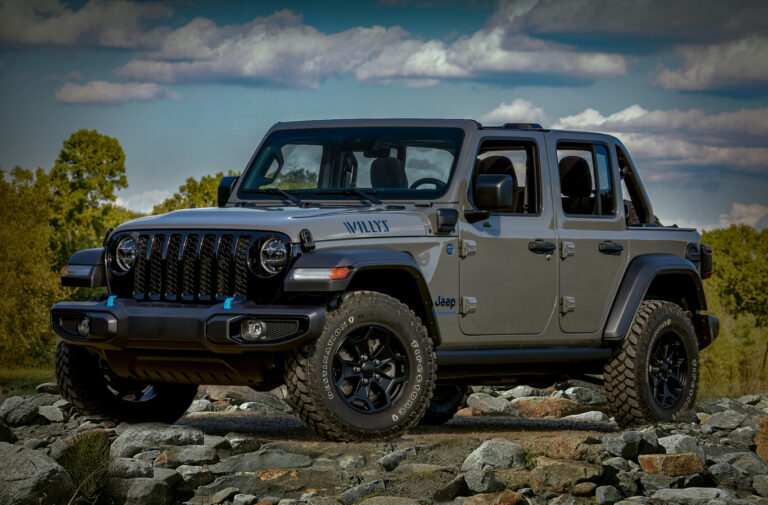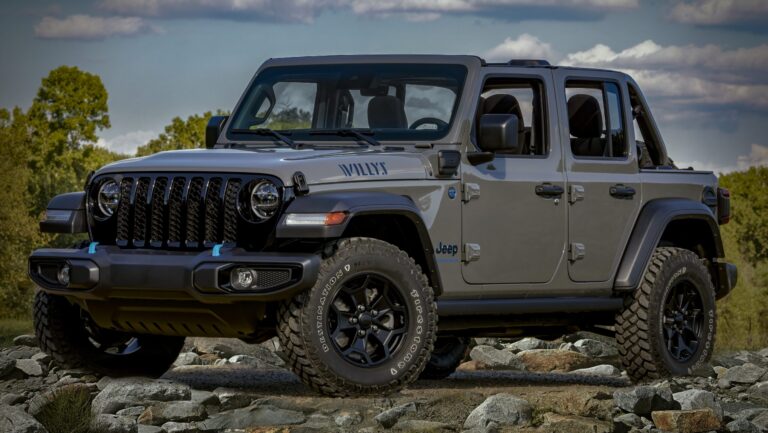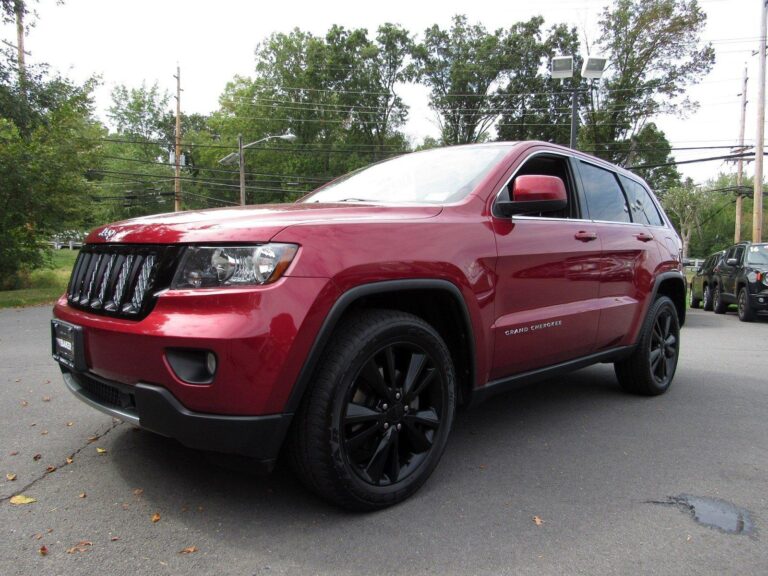Jeep Frame For Sale: Your Ultimate Guide to Restoring, Rebuilding, and Customizing Your Off-Road Icon
Jeep Frame For Sale: Your Ultimate Guide to Restoring, Rebuilding, and Customizing Your Off-Road Icon jeeps.truckstrend.com
The Jeep, an enduring symbol of adventure and rugged capability, owes its legendary status not just to its engine or iconic grille, but fundamentally to its robust ladder frame. This sturdy backbone is what allows a Jeep to conquer trails, withstand abuse, and provide a stable platform for countless modifications. However, over decades of off-road excursions, exposure to harsh elements, or unfortunate accidents, even the toughest Jeep frame can succumb to rust, bends, or cracks. This is where the world of "Jeep Frame For Sale" becomes incredibly relevant, offering a lifeline for enthusiasts looking to restore a classic, repair a damaged daily driver, or embark on an ambitious custom build.
Purchasing a standalone Jeep frame is a significant undertaking, representing far more than just a piece of metal. It’s the foundation upon which your Jeep’s future will be built – whether that’s a faithful restoration to its original glory, a heavily modified rock crawler, or a comfortable daily driver that can still tackle weekend trails. This comprehensive guide will navigate you through the intricate landscape of buying a Jeep frame, covering everything from why you might need one, the types available, crucial inspection tips, and the legalities involved, ensuring you make an informed and successful purchase.
Jeep Frame For Sale: Your Ultimate Guide to Restoring, Rebuilding, and Customizing Your Off-Road Icon
Why Purchase a Standalone Jeep Frame? The Foundation of Your Project
The decision to buy a bare Jeep frame typically stems from one of several compelling reasons, each pointing to the frame’s critical role in a Jeep’s longevity and performance:
- Severe Rust or Corrosion: This is perhaps the most common reason. Jeeps, especially older models (CJs, YJs, TJs), are notorious for frame rust, particularly in areas exposed to road salt or humid climates. Critical rust can compromise structural integrity, making repairs impractical or impossible. A new or refurbished frame offers a clean slate.
- Accident Damage: A significant collision can bend, twist, or crack a frame beyond repair, rendering the vehicle unsafe. Replacing the frame is often the only viable solution to bring the Jeep back to safe operating standards.
- Restoration Projects: For enthusiasts restoring vintage Jeeps, finding a solid, original frame can be a goldmine. It allows for a ground-up restoration, ensuring authenticity and structural soundness for generations to come.
- Custom Builds and Modifications: For those dreaming of a stretched wheelbase, a custom suspension setup, or a heavy-duty engine swap, a new or custom frame provides the ideal starting point. Aftermarket frames are often designed with enhanced strength or specific modifications in mind.
- Off-Road Abuse: Constant rock crawling, jumping, or extreme articulation can eventually take a toll, leading to stress cracks or fatigue. A replacement frame, potentially one with added reinforcement, ensures the vehicle can continue to withstand the rigors of serious off-roading.
![]()
In essence, buying a standalone frame is about rebuilding or creating a robust foundation, ensuring the safety, performance, and longevity of your beloved Jeep.
Navigating the Market: Types of Jeep Frames For Sale
The market for Jeep frames offers a variety of options, each with its own set of pros, cons, and price points. Understanding these categories is crucial for making the right choice for your project:
- Used OEM Frames: These are original equipment manufacturer frames sourced from donor vehicles, salvage yards, or private sellers.
- Pros: Generally the most affordable option. Original fitment for components.
- Cons: Condition varies wildly – prone to rust, bends, or hidden damage. Requires thorough inspection and often significant preparation (sandblasting, rust repair, coating). Unknown history.
- Refurbished/Restored Frames: These are used OEM frames that have undergone a professional restoration process. This typically includes sandblasting to bare metal, inspection for damage, repairs (welding, straightening), and application of a protective coating (e.g., powder coating, epoxy primer).
- Pros: Significantly better condition than raw used frames, often rust-free (initially), ready for component installation. Saves considerable prep time.
- Cons: Higher cost than raw used frames, quality depends on the restorer’s expertise and materials used.
- Aftermarket/New Reproduction Frames: These are newly manufactured frames, often designed to replicate specific OEM models (e.g., CJ, YJ, TJ frames) or custom-built for specific applications (e.g., stretched frames, heavy-duty chassis).
- Pros: Brand new, no rust, often built with stronger steel or improved designs. Perfect for ground-up builds where originality isn’t the primary concern.
- Cons: Most expensive option. May require minor modifications for certain components depending on the manufacturer and specific design.
- Custom Chassis/Buggy Frames: For extreme off-roaders or those building dedicated trail rigs, custom tube chassis or buggy frames offer ultimate strength and flexibility in design. These are typically not direct OEM replacements.
- Pros: Unparalleled strength, highly customizable for specific drivetrain or suspension setups.
- Cons: Very expensive, requires extensive fabrication skills, not street legal in many areas without significant registration hurdles, not suitable for traditional restoration.
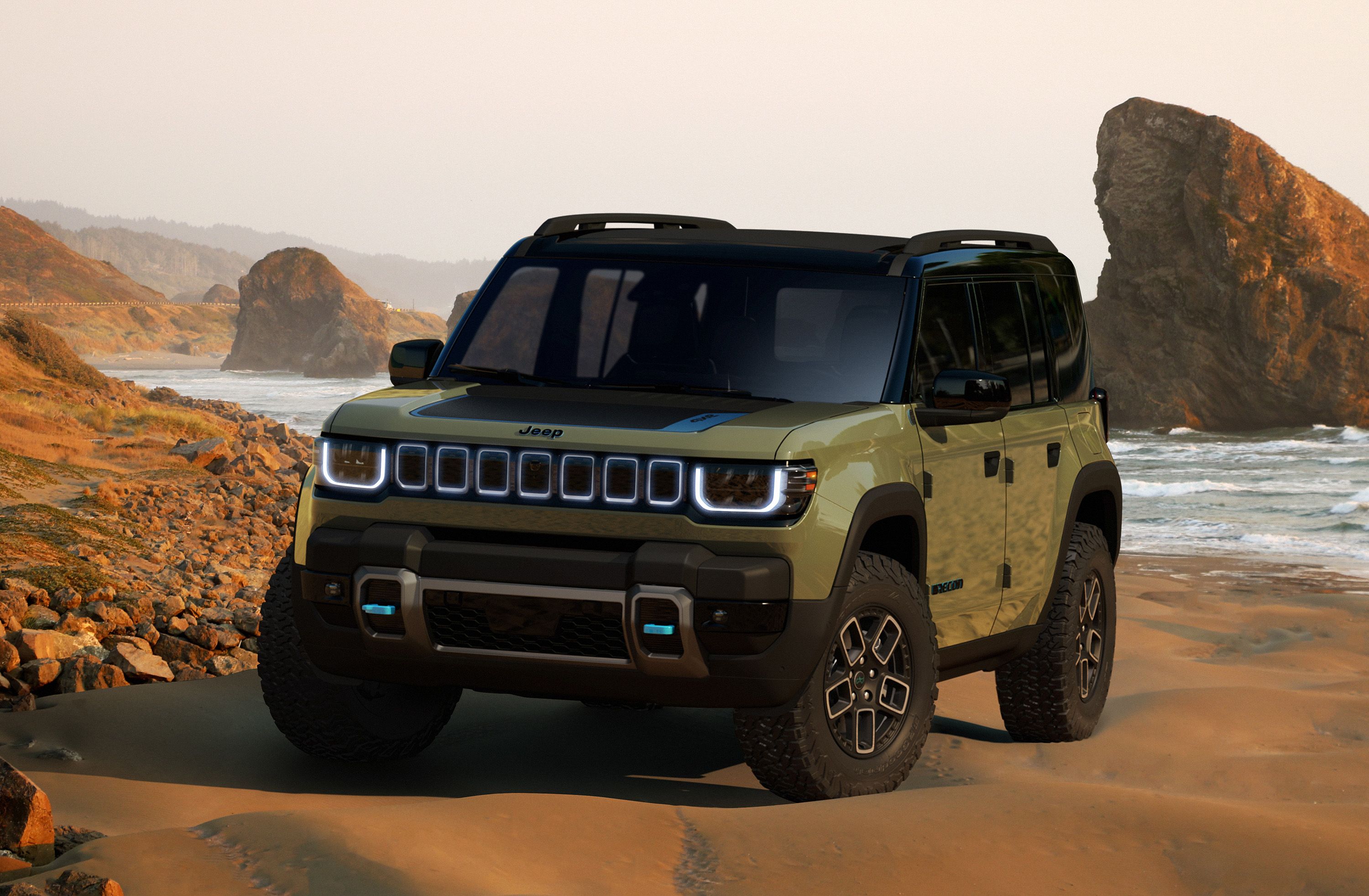
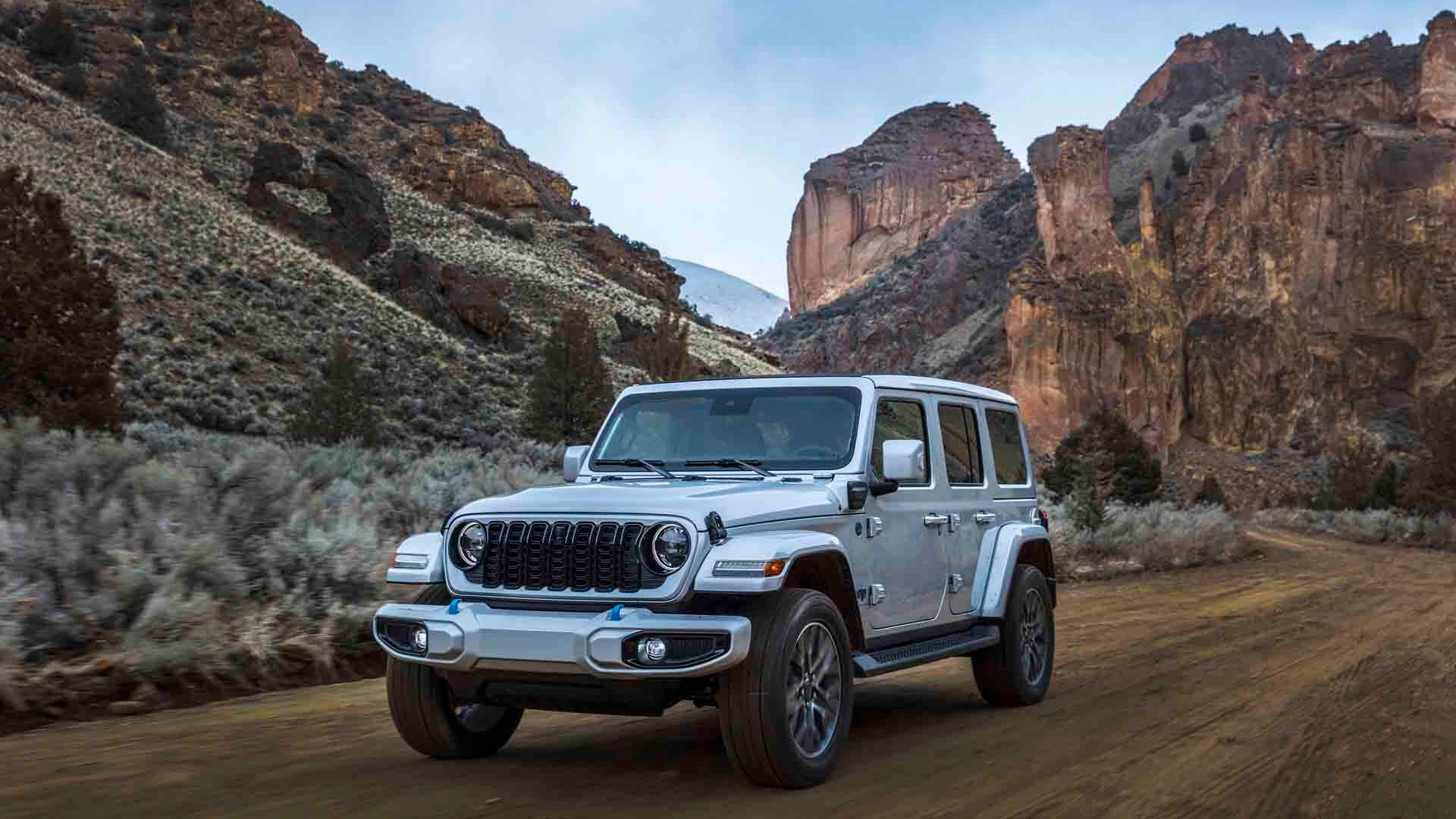
When considering "Jeep Frame For Sale," also pay attention to the specific Jeep model it’s intended for (CJ-5, CJ-7, YJ Wrangler, TJ Wrangler, JK Wrangler, JL Wrangler). Each generation has distinct frame designs, wheelbases, and mounting points.
Crucial Considerations When Buying a Jeep Frame
Purchasing a frame is a significant investment of time and money. Careful consideration of these factors will prevent costly mistakes:
-
Thorough Inspection is Paramount:
- Rust: The number one enemy. Pay close attention to body mounts, spring perches, skid plate mounts, control arm mounts, and crossmembers (especially the rear). Look for bubbling paint, flaking metal, and especially holes or soft spots. Use a small hammer to tap areas – a solid thud is good, a dull thud or crunch indicates rot.
- Bends and Cracks: Check along the frame rails for any signs of bending, twisting, or cracks, particularly around suspension mounting points, engine mounts, and body mounts. Straightness is critical for alignment and safety.
- Previous Repairs: Look for signs of amateur welding, patches, or straightening. Poor repairs can be weaker than the original material and lead to future problems.
- Overall Squareness: While hard to eyeball, significant twisting or diamonding of the frame can lead to severe alignment issues.
-
VIN and Legal Implications: This is perhaps the most critical and often misunderstood aspect. In many states, the frame is considered the vehicle for registration purposes, and the Vehicle Identification Number (VIN) is stamped directly onto it.
- VIN Swapping: Attempting to transfer a VIN from a damaged frame to a new or replacement frame is illegal in most jurisdictions unless performed by a licensed rebuilder following strict state-specific procedures. Doing so improperly can lead to legal issues, vehicle confiscation, and fines.
- New Builds: If you’re building a "new" vehicle from a bare frame, you’ll likely need to go through a "special construction" or "assembled vehicle" registration process with your local Department of Motor Vehicles (DMV), which can involve inspections and assigning a new VIN.
- Salvage Titles: Be aware of frames from salvage vehicles. Ensure you understand how this might affect future registration.
- Always check your local state’s DMV regulations regarding frame replacement and VIN assignment before purchasing.
-
Compatibility: Ensure the frame matches your specific Jeep model, year, and intended drivetrain. Differences in wheelbase, engine/transmission mounts, and suspension mounting points are common across generations and even within the same generation (e.g., 4-cylinder vs. 6-cylinder engine mounts).
-
Shipping and Logistics: Jeep frames are large, heavy, and awkward to transport. Factor in the cost of freight shipping or the logistics of picking it up yourself. This can add significantly to the overall cost.
-
Seller Reputation: Buy from reputable salvage yards, specialized Jeep parts dealers, or trusted private sellers. Ask for detailed photos, videos, and clear communication. If possible, inspect the frame in person.
The Frame Swap: A Glimpse into the Process
While buying the frame is one step, the actual frame swap is a major undertaking. It typically involves:
- Disassembly: Carefully disconnecting and removing the body, engine, transmission, transfer case, axles, suspension, steering, brakes, and fuel lines from the old frame. This requires extensive labeling and organization.
- Preparation: Thoroughly cleaning, inspecting, and coating the new frame to prevent future rust. This might involve sandblasting, applying rust-inhibiting primers, and durable topcoats.
- Reassembly: Meticulously transferring all components from the old frame to the new one. This is where precision and proper torque specifications are critical.
- Alignment: A professional alignment is essential after the swap to ensure proper handling and tire wear.
This process is time-consuming, requires specialized tools (hoists, jacks, impact wrenches), and a significant level of mechanical expertise. Many opt to have a professional shop perform the swap.
Tips for a Successful Jeep Frame Purchase
- Define Your Needs: Are you restoring a classic, repairing damage, or building a custom rig? Your goal will dictate the type of frame you need.
- Set a Realistic Budget: Factor in the cost of the frame, shipping, any necessary repairs or coating, and potentially professional installation.
- Do Your Homework: Research common rust spots for your specific Jeep model.
- Ask for Details: Request high-resolution photos and videos from all angles, specifically highlighting potential problem areas. Don’t be afraid to ask detailed questions about its history.
- Verify VIN Information: If the frame has a VIN, ensure it’s clear and verifiable, and understand the legal implications in your state.
- Consider a Pre-Coated Frame: While more expensive, a sandblasted and powder-coated or painted frame can save you significant time and effort in preparation.
- Don’t Rush: Take your time to find the right frame. A rushed purchase can lead to long-term headaches.
Challenges and Solutions
- Challenge: Hidden Rust/Damage:
- Solution: Thorough inspection. Ask for photos of inside frame rails (if possible). Consider a professional inspection if buying locally. Opt for sandblasted frames where hidden issues are exposed.
- Challenge: High Shipping Costs:
- Solution: Look for sellers closer to your location. Compare freight quotes from multiple carriers. Consider a road trip if the savings are significant.
- Challenge: Legalities of VIN:
- Solution: Consult your state’s DMV before buying. Understand the process for frame replacement or new vehicle registration. Never assume a VIN swap is simple or legal.
- Challenge: Complexity of Frame Swap:
- Solution: Budget for professional help if you lack the tools, space, or expertise. Research the process thoroughly if attempting DIY.
Jeep Frame For Sale: Estimated Price Guide
Prices for Jeep frames vary significantly based on model, condition, type (used, refurbished, new), and seller. The table below provides a general range; always verify current market prices.
| Jeep Model (Generation) | Frame Type | Estimated Price Range (USD) | Key Considerations |
|---|---|---|---|
| CJ-5 / CJ-7 (1976-1986) | Used OEM | $500 – $1,500 | Highly susceptible to rust. Check body mounts, spring perches, rear crossmember. Often require significant rust repair. |
| Refurbished/Restored | $2,000 – $4,500 | Sandblasted, repaired, and coated. Excellent for restorations. Verify quality of restoration work. | |
| New Aftermarket | $3,500 – $6,000+ | Brand new, often stronger. Perfect for ground-up builds. May need minor modifications for older components. | |
| YJ Wrangler (1987-1995) | Used OEM | $700 – $1,800 | Common rust areas: skid plate mount, rear spring hangers, shock mounts. Look for straightness. |
| Refurbished/Restored | $2,500 – $5,000 | Popular for rebuilds. Offers a solid foundation without the rust battle. | |
| New Aftermarket | $4,000 – $7,000+ | Excellent for custom builds or complete rust eradication. | |
| TJ Wrangler (1997-2006) | Used OEM | $800 – $2,500 | Rust common in front control arm mounts, skid plate area, rear trailing arm mounts, and especially the frame sections above the rear axle. |
| Refurbished/Restored | $3,000 – $6,000 | High demand due to TJ’s popularity. Check for professional welding and coating. | |
| New Aftermarket | $5,000 – $8,000+ | Provides a fresh start for a highly capable off-road platform. | |
| JK Wrangler (2007-2018) | Used OEM | $1,500 – $4,000 | Less prone to severe rust than older models, but still check for impact damage, bent sections, and stress cracks, especially on heavily wheeled vehicles. |
| Refurbished/Restored | $4,000 – $8,000 | Less common for full restoration, but available if needed. | |
| New Aftermarket | $7,000 – $10,000+ | Rare for direct OEM replacement, more often for custom stretched chassis or specific competition builds. | |
| JL Wrangler (2018-Present) | Used OEM | $2,000 – $5,000+ | Primarily from wrecked vehicles. Inspect thoroughly for impact damage, twists, or bends. Very low likelihood of rust unless severely neglected. |
| New Aftermarket | $8,000 – $12,000+ | Extremely rare for full replacement; typically only for specialized custom builds or when an OEM frame isn’t available from salvage. |
Note: Prices do not include shipping, which can add hundreds or even thousands of dollars depending on distance and carrier.
Frequently Asked Questions (FAQ) About Jeep Frames For Sale
Q1: Is it legal to replace my Jeep’s frame and swap the VIN?
A1: In most U.S. states and many other countries, the frame is considered the primary component for vehicle identification (VIN). Directly "swapping" a VIN from a damaged frame to a new or used frame is generally illegal unless done by a licensed facility following strict state-specific procedures for rebuilt titles or special construction vehicles. Always consult your local Department of Motor Vehicles (DMV) or equivalent authority before purchasing a frame if your intention is to transfer a VIN. Improper VIN handling can lead to legal issues and vehicle confiscation.
Q2: How much does a Jeep frame cost?
A2: Prices vary widely based on the Jeep model, the frame’s condition, and whether it’s a used OEM, refurbished, or new aftermarket frame. As a rough guide, used OEM frames can range from $500-$5,000, while refurbished frames might be $2,000-$8,000, and new aftermarket frames can cost $3,500-$12,000 or more. Shipping costs are also a significant factor.
Q3: Where can I find a Jeep frame for sale?
A3: Common sources include:
- Online Marketplaces: eBay, Craigslist, Facebook Marketplace (local pick-up usually).
- Specialized Jeep Salvage Yards: Many yards specialize in Jeeps and often have frames.
- Aftermarket Manufacturers: Companies like Throttle Down Kustoms, Quadratec (for specific models), or restoration shops.
- Private Sellers: Through forums or enthusiast groups.
Q4: What should I look for when inspecting a used Jeep frame?
A4: Key inspection points include:
- Rust: Especially around body mounts, spring perches, skid plate mounts, and crossmembers. Look for holes, flaking, or soft spots.
- Bends/Twists: Check for straightness along the frame rails and ensure it’s not twisted (diamonding).
- Cracks: Look for hairline cracks, especially near suspension mounts or welded areas.
- Previous Repairs: Assess the quality of any past welding or patching. Poor repairs can compromise strength.
- VIN Clarity: If present, ensure the VIN is legible and matches any documentation.
Q5: Can I just repair my rusted Jeep frame instead of replacing it?
A5: It depends on the extent of the rust. Minor surface rust can be cleaned and coated. Small holes or localized rust can often be cut out and patched by a professional welder. However, if the rust is extensive, structural, or has compromised critical mounting points, replacement is often safer, more durable, and ultimately more cost-effective than attempting complex repairs.
Q6: How long does a frame swap typically take?
A6: A full frame swap is a very involved process. For an experienced DIY mechanic with proper tools, it can take anywhere from 80-200+ hours, spread over several weeks or months. Professional shops might complete it faster (e.g., 40-80 labor hours), but costs will be significantly higher.
Conclusion: Building Your Dream Jeep, Frame by Frame
The journey of acquiring a "Jeep Frame For Sale" is a testament to the dedication and passion of Jeep enthusiasts. Whether driven by the necessity of repair or the ambition of a custom build, the frame is the unsung hero, providing the structural integrity and soul of the vehicle. By understanding the different types of frames available, meticulously inspecting potential purchases, and navigating the crucial legalities, you can ensure your investment forms a strong, reliable foundation for countless miles of adventure ahead. With the right frame, your Jeep won’t just be rebuilt; it will be reborn, ready to conquer new horizons and write its next chapter on the trail.


